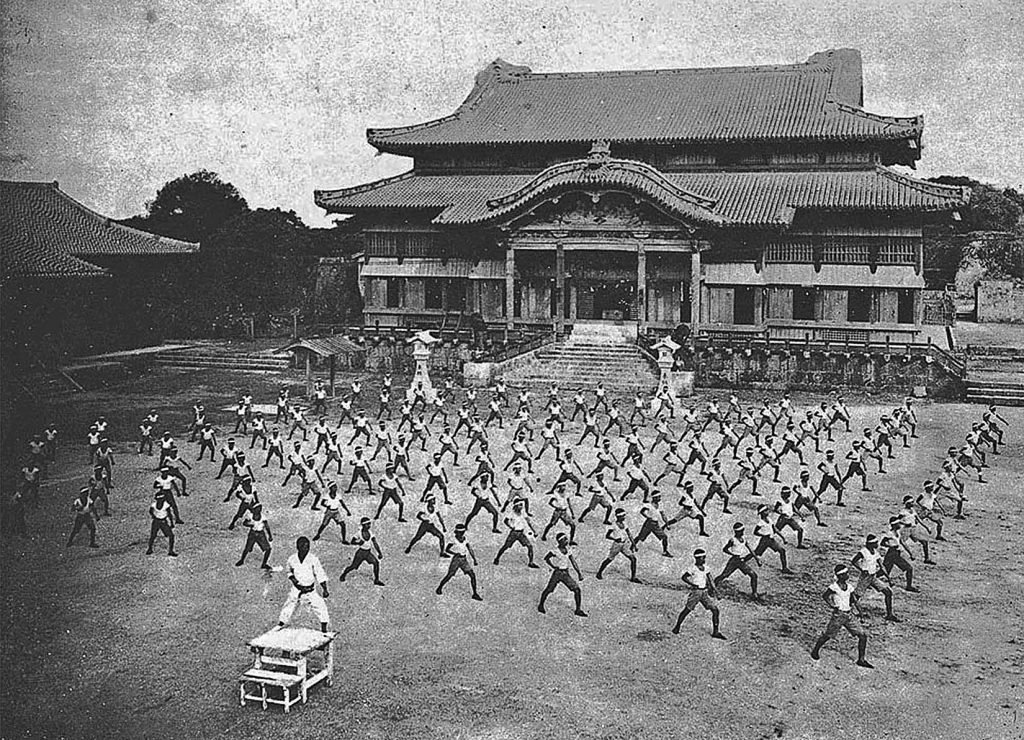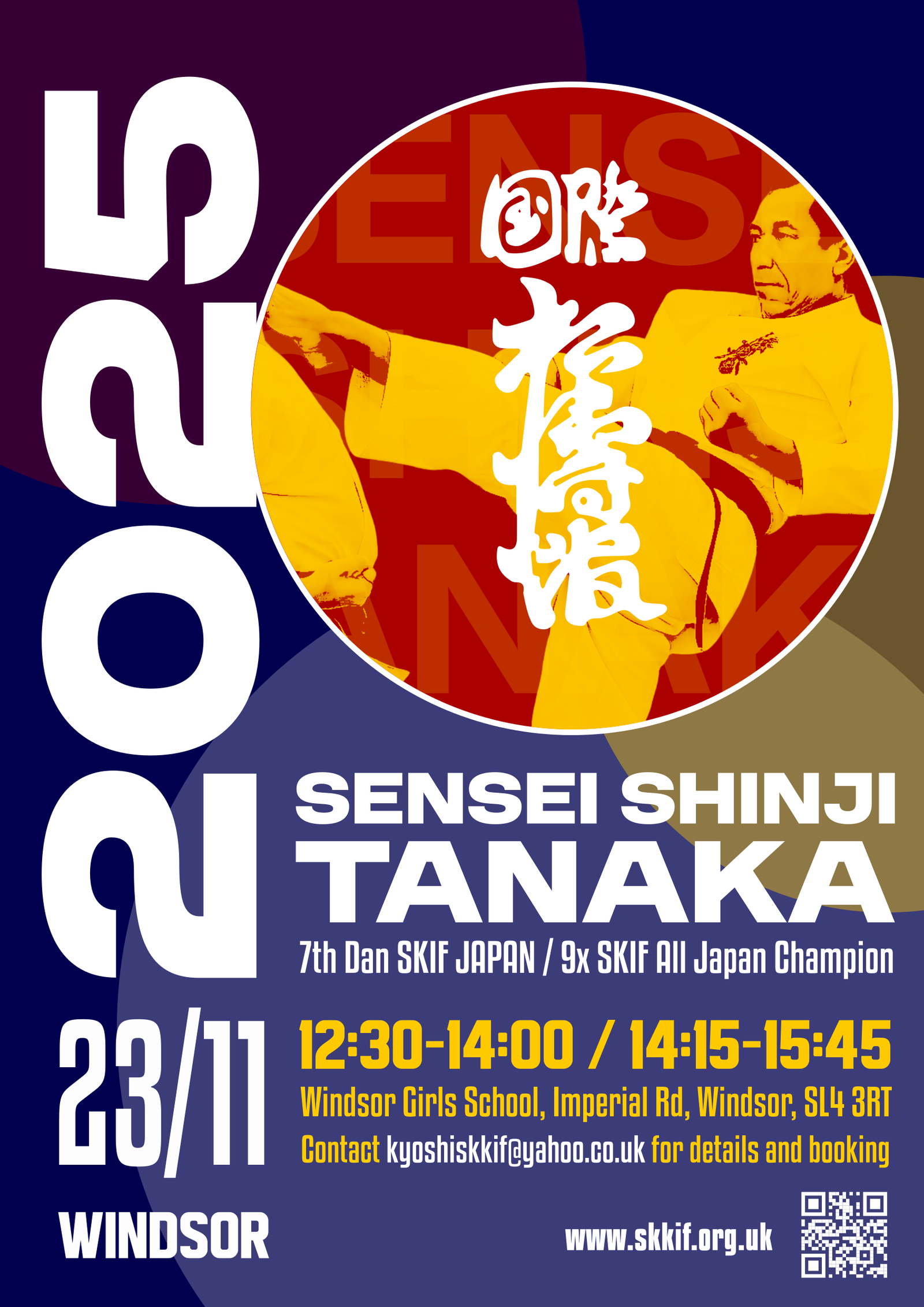What is Karatedo?
The word Karatedo is a combination of three Japanese characters 空 (kara meaning empty), 手 (te meaning hand) and 道 (do meaning way or path). The “way of Karate” is a means of physical, spiritual and moral development based on dedicated training.

Karatedo practice is divided into three aspects: Kihon (basic training) emphasizes stances, breathing, basic blocks, hand techniques and kicks. Kata (forms) is the heart of karatedo and enables the practitioner to fully grasp the meaning of basics, breathing, concentration, balance, coordination and focus. Kumite (sparring) allows practitioners to apply methods of attack and defense in a dynamic manner that enhances timing, speed, and control while working with a partner under controlled conditions. Through hard training, practitioners seek to foster a spirit that strives for truth and respect for others.
Where did Karate come from?
The history of Karatedo can be traced to the Ryukyu Islands that stretch from Taiwan to Kyushu (the southern most island of the Japanese mainland).
Lying at a confluence of trade routes, the culture of Okinawa was greatly influenced by China, and later Japan. Early development of what was known as Okinawa-te (Okinawa hand) or Tode (Chinese hand), featured adaptation of indigenous and Chinese methods of combat. In the early 1600s, forces from mainland Japan subjugated the Ryukyu Kingdom and instituted a complete ban on the possession of weapons and the practice of martial arts. From this era until modern times, training in ancient forms of Karatedo was extremely secretive. In addition to developing the body as an instrument of self-defense, tools, farming & fishing implements and other common items were utilized as weapons.

In the early 1900s a form of Karatedo was added to the school curriculum in Okinawa. Gichin Funakoshi, a schoolteacher from Okinawa, first introduced Karatedo to the Japanese mainland in 1917, and again in 1922. Gichin Funakoshi was instrumental in establishing Karatedo clubs at a number of universities and considered some of the greatest names in modern Karatedo as his students, including the late Soke Hirokazu Kanazawa. In 1938 Gichin Funakoshi opened a school known as the Shotokan dojo. Concurrently, in Okinawa, the ancient styles of Shuri-te, Naha-te, and Tomari-te were being reorganized into logical, standardized systems which in turn became the basis of modern Karatedo in Okinawa.
“True karate is this: that in daily life one’s mind and body be trained and developed in a spirit of humility, and that in critical times, one be devoted utterly to the cause of justice.”
Gichin Funakoshi

